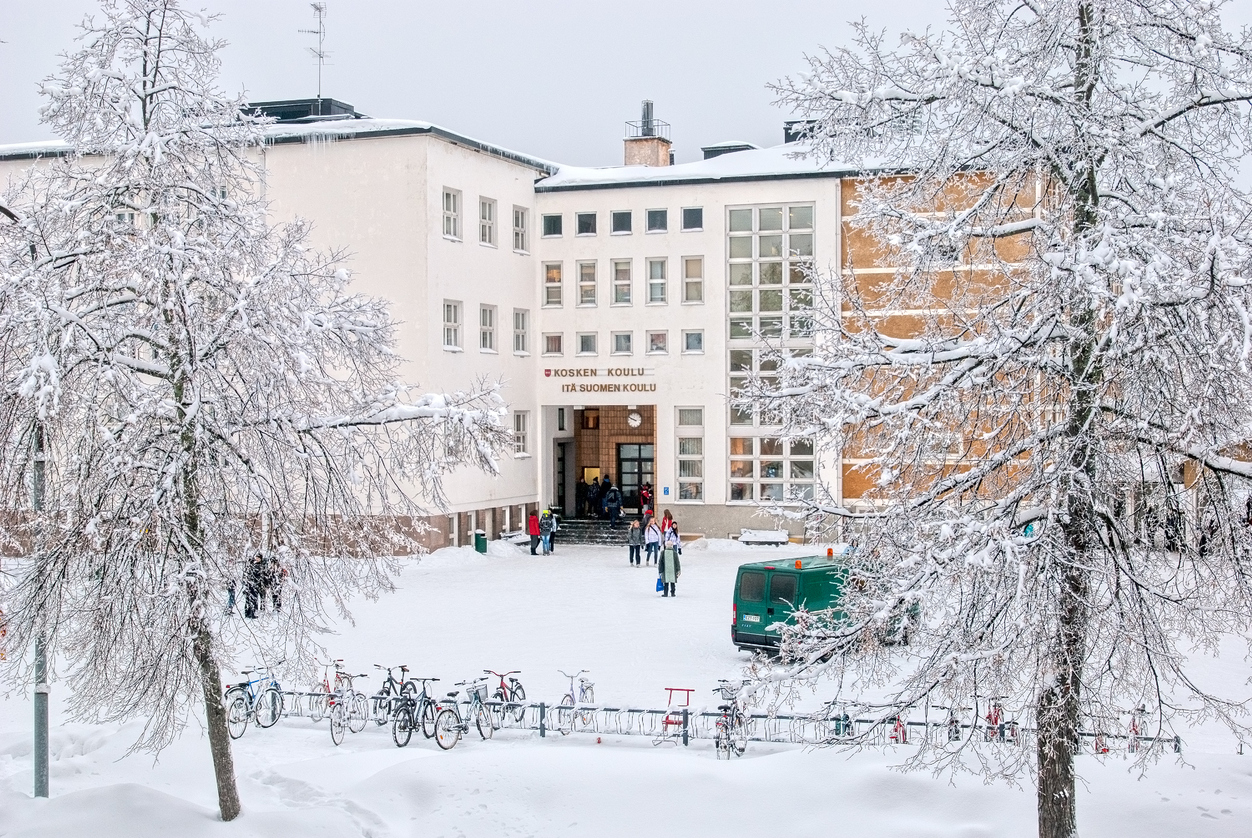Mold is a growing problem in buildings – no matter the season
/Are your Buildings Ready for Winter?
As we approach Winter Break and the potential of snow fall, it’s important to be proactive. Now is the time to plan ahead to avoid problems like mold and legionella.
Address the symptoms before they escalate into problems
- Address roof leaks and poor drainage areas around the building.
- Avoid environmental quality problems with indoor air and water systems by training staff on effective and appropriate means and methods for maintenance and cleaning procedures.
- Minimize conditions that lead to mold growth by operating building ventilation systems to maintain a constant temperature and humidity.
- If portions of your plumbing system are used infrequently, establish a routine flushing program to prevent bacterial growth in your water system.
- Check unoccupied areas frequently for the presence of mold.
- Make sure all the seals on the windows and doors are not compromised and in good-working condition.
- Clean and repair roof gutters to avoid ice dams.
- Make sure the ground around your building slopes away from the foundation so water does pond.
- Act quickly if you see condensation on windows, pipes, or walls inside a building. Dry out the area and determine if the source of the condensation is from a leak or the result of high humidity.
Spotts, Stevens and McCoy has been providing services to schools and industry for more than 75 years. Our focus is to help you minimize the potential for indoor air quality problems with a proactive approach for existing buildings and buildings under construction.


